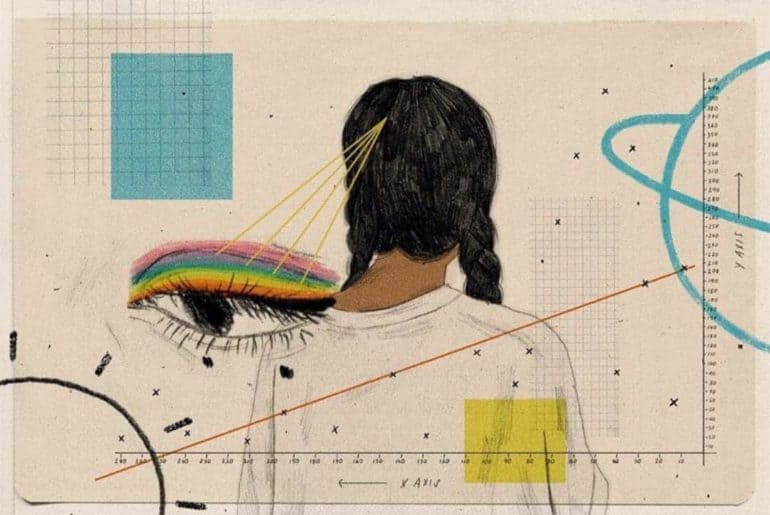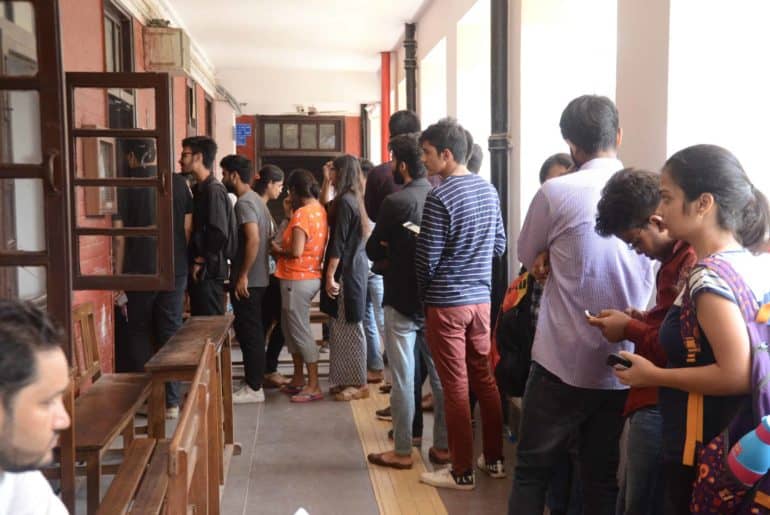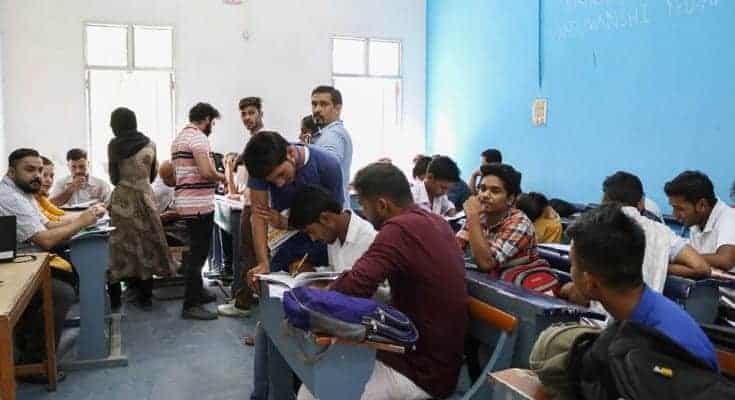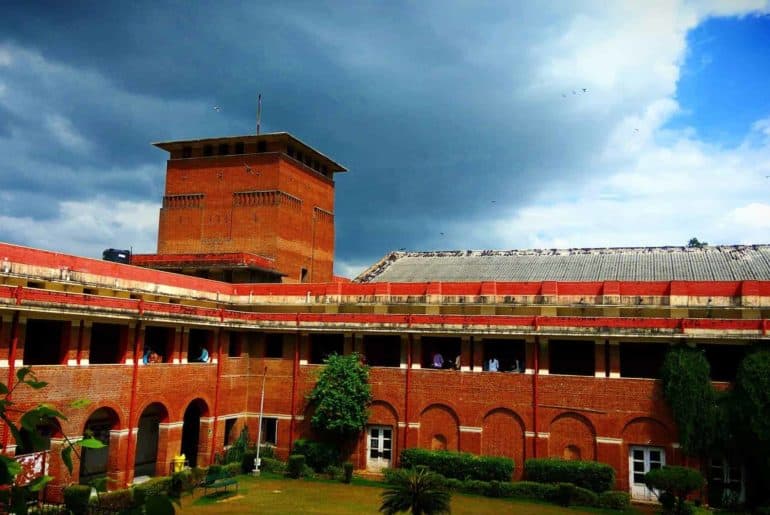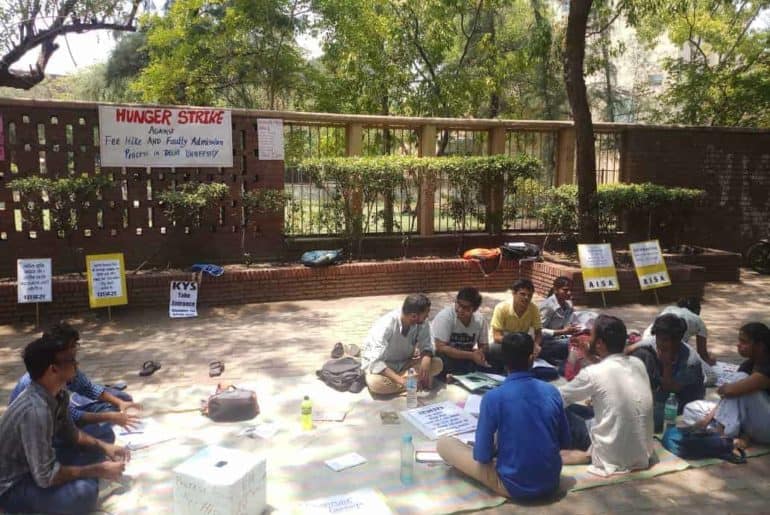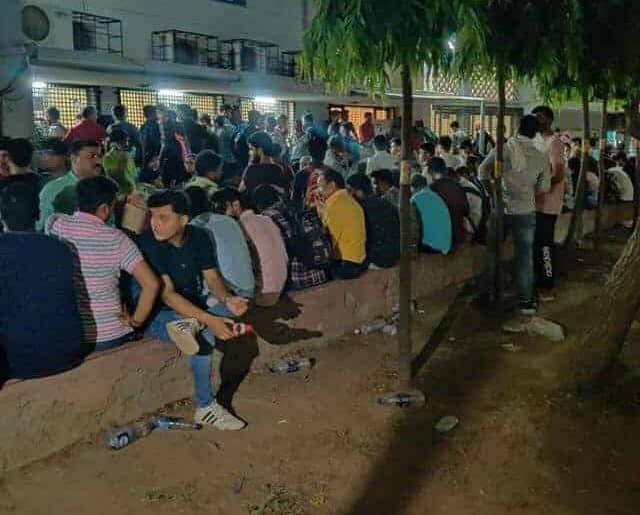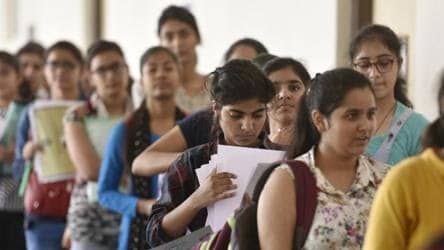A brief look at the Ministry of Human Resource Development’s (MHRD) letter to all higher education institutes to link all student accounts to the social media accounts of the institutes, and the ministry and the reactions of college students.
A letter sent on 3rd July 2019 by the MHRD to all higher education institutes requesting them to identify and designate a faculty/non-faculty member as the “Social Media Champion” (SMC) whose duty it will be to get all the students of the college to connect their Twitter/Facebook/Instagram accounts to that of the MHRD and the educational institution by the 31st July. This move has already received a lot of backlash with the AISA saying on 9th July, that this step was aimed at curbing the freedom of expression of students. While the MHRD has replied that this step is completely voluntary for the students and they will not have any access to the student’s posts or data if a student follows them on social media, this move is still a cause for concern among the student community.
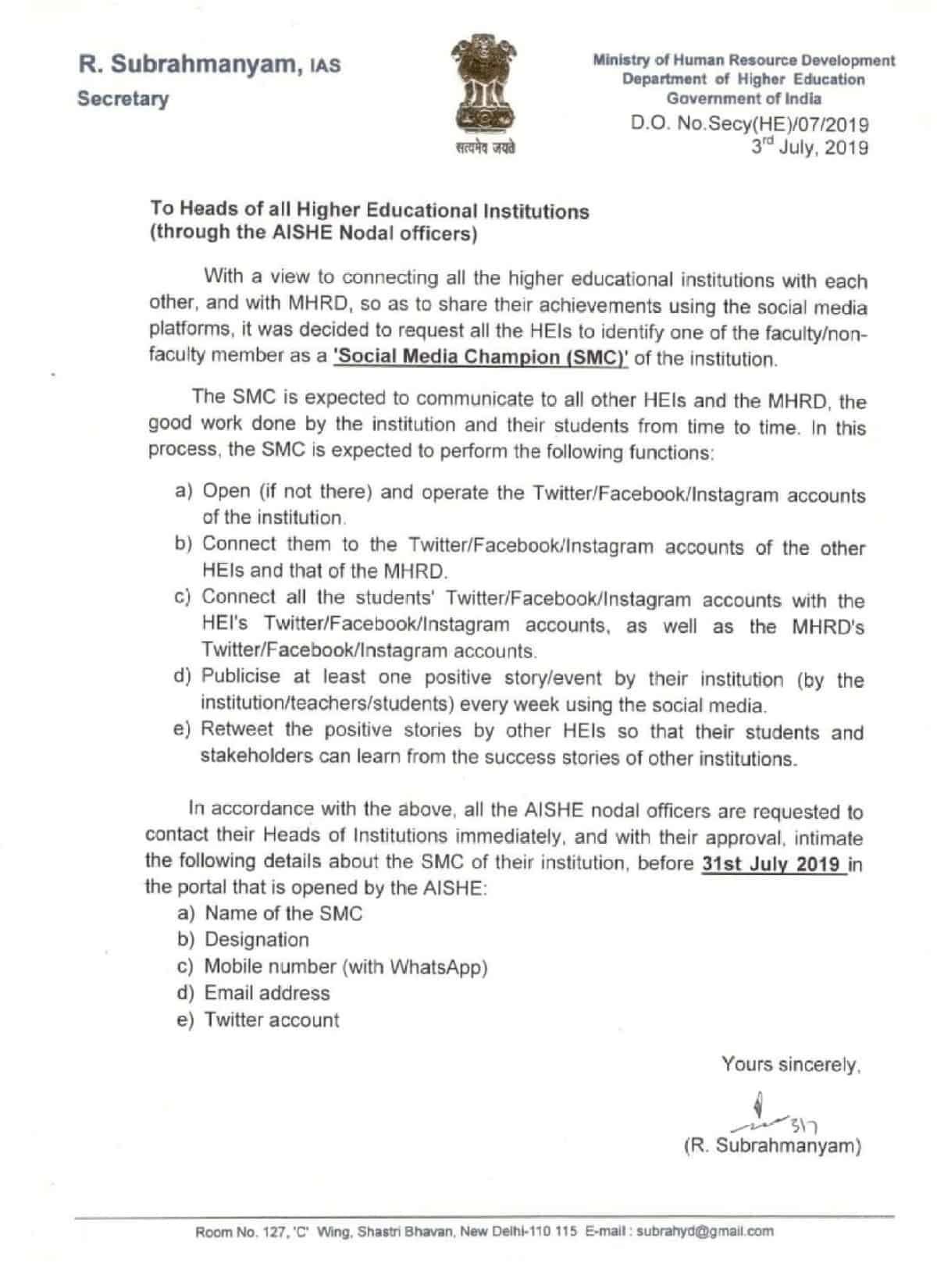
On talking to several students, it was found that some students felt the very act of asking students to follow certain pages was wrong, even though the MHRD ministry claims that it will just use this as a way to promote good work done by them and the educational institutes. Srijan Vaish , a first-year student from Dyal Singh College said, “The MHRD ministry is run by the government which is run by a political party with its own particular ideologies, in this case the Bharatiya Janta Party and the ideology of ‘hindutva’. So if students are compelled to follow their page, as young students, we can fall prey to the ideas that the central government is trying to promote. I feel that this manipulating the youth and not giving us the right to think for ourselves.”
While most students disagreed with the idea of following the MHRD, there was some who felt that something more sinister was going on behind the scenes, and felt that this would be the first step to monitoring students, their posts and their data. Prachi Johri, a second-year student from Indraprashta College for Women said that this could open the door for the government to “invade the privacy” of students. Prachi went on to say that if the government does take this extreme measure, it would “make the minorities, Muslims, LGBTQIA+ community, tribes and people with ideologies against the BJP lives very hard to survive, as the government will probably bully or lock them up for speaking against the government. It’ll disclose a lot of things to public which a student might not want to share. This will create a sense of fear and will stop students from pursuing higher education.”
In conclusion, while the MHRD might have good intentions and want to share their good work with students, perhaps connecting social media is not the best way to do it as lots of students are against this step, and additionally, feel that “sharing good work” is not the real motive of the government behind taking such steps.
Feature Image Credit: The Quint
Prabhanu Kumar Das
[email protected]


